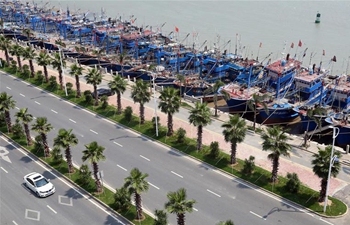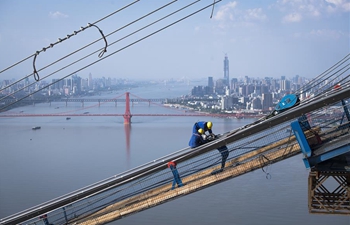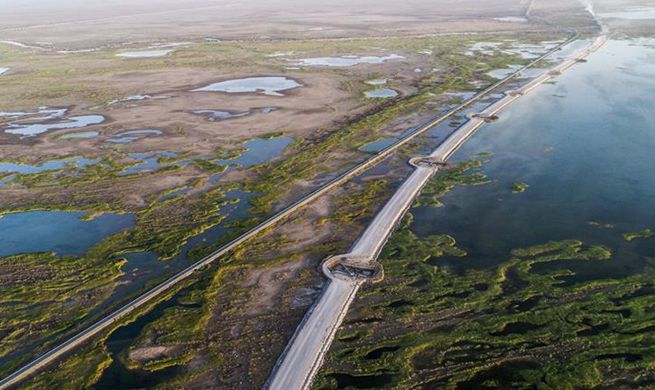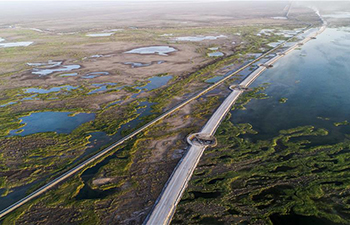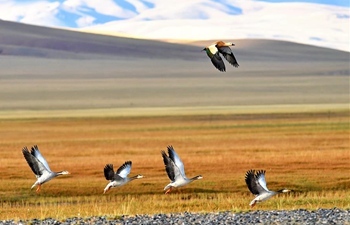CANBERRA, July 11 (Xinhua) -- The amount of debris washing up on northern Australian beaches has doubled in a decade, putting wildlife at risk, local media reported Wednesday.
According to Karen Edyvane, a marine debris expert from Australian National University's North Australia Research Unit, 11 monitored beaches on Cape Arnhem have been inundated by three tonnes of debris per kilometer.
"North Australian shores have recorded some of the highest levels of marine debris - particularly fishing-related debris - not only in Australia but the world," she told the Australian Broadcasting Corporation (ABC) on Wednesday.
"What has been recorded, particularly last year, is twice the amount of litter - debris - than we were recording 10 years ago."
The situation has been exacerbated by south-eastern winds and currents that push debris onto beaches facing south-east.
A Commonwealth Scientific and Industrial Research Organisation (CSIRO) study found that between 2005 and 2010 as many as 15,000 turtles were caught in 9,000 fishing nets that were left or lost in the ocean.
"Along the north Australian coastline we have some of the most globally significant populations of marine megafauna, particularly turtles, and they're the ones affected by driftnets and derelict fishing nets," Edyvane said.
"That's a lot of turtles potentially caught and drowned in those nets, huge impact."
She said that much of the debris could be traced back to illegal fisherman operating in the Arafura Sea which is "intimately connected" with the Gulf of Carpentaria which separated the east coast Northern Territory from the west coast Queensland.
"It's a global hotspot for illegal fishing and that illegal fishing activity," Edyvane said.
"In the Arafura Sea in Indonesian waters, industrial-scale fishing has doubled in the last 10 years.








